The EMT Linear Polarization Resistance (LPR) Probe is a type of corrosion monitoring device similar in application to the EMT-EP100 cylindrical corrosion probe. But it specifically designed to measure the rate of corrosion by utilizing the linear polarization resistance technique. While the EMT-EP100 is described with a focus on its physical structure and suitability for high-pressure environments, it integrates electrical techniques to provide rapid response and detailed corrosion rate data. Which is crucial for monitoring the integrity of materials in various industrial applications.

1. Description
The EMT Linear Polarization Resistance Probe works to assess the corrosivity of an environment by measuring the electrochemical polarization around a small applied potential at the corrosion potential. It is typically used in environments where quick and accurate corrosion rate measurements are necessary without interrupting the system operations.
2. Structure and Features
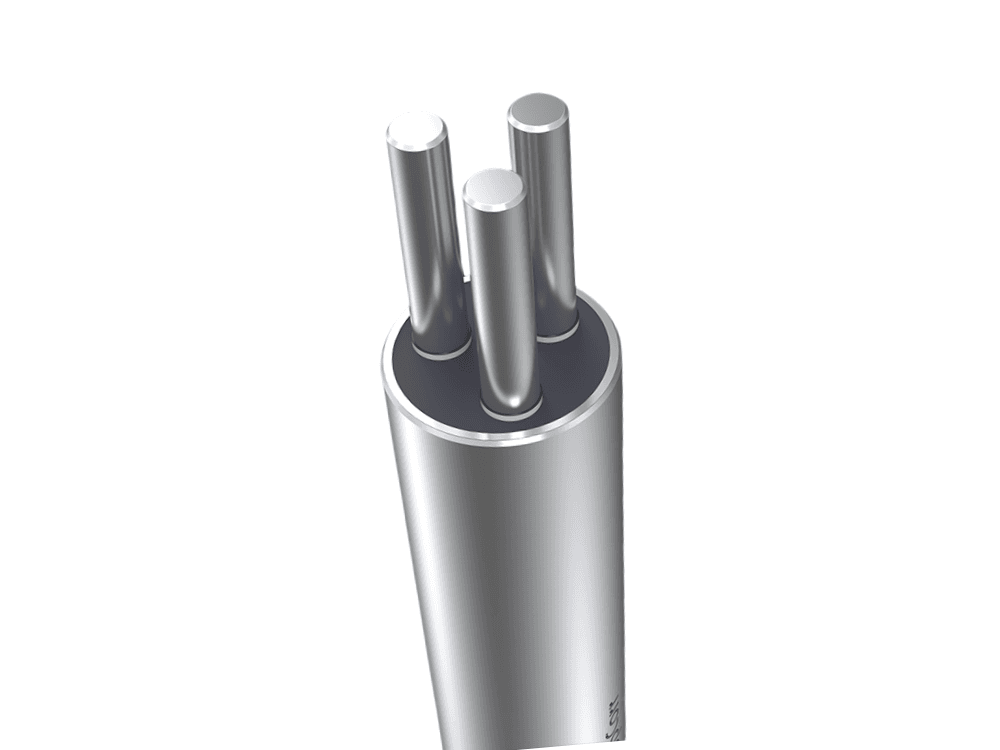
- Material Options:
Like the EMT-EP100, the LPR probe can be manufactured from materials like 316SS, 316LSS, Duplex Stainless Steel (DSS), and INCONEL. They make it suitable for harsh environments.
- Temperature and Pressure Ratings:
The probe can operate within a similar temperature and pressure range as the EMT-EP100, making it versatile for different operational conditions.
- Probe Design:
It features a welded and sealed design with a sensing element typically made from the same material as the probe body to ensure minimal interference with the measurement process.
- Installation:
The LPR probe is designed for easy installation and retrieval in high-pressure access systems using a retrieval tool and service valve, similar to the EMT-EP100.
3. Functionality
- Measurement Technique: The probe measures the polarization resistance between a working electrode and a reference electrode. This resistance is inversely proportional to the corrosion rate.
- Data Output: The probe outputs data that can be directly correlated to the corrosion rate, providing valuable insights into the material degradation process.
- Applications: Ideal for use in pipelines, tanks, and other industrial systems where corrosion monitoring is critical for preventing failures and ensuring operational safety.
4. Additional Components
- Probe Adapter: Necessary for connecting the probe to a collector or monitoring system, typically ordered separately.
- Protective Cap: Can be equipped to protect the sensing element when not in active use or during installation.
5. Advantages of the EMT Linear Polarization Resistance (LPR) Probe
1. Rapid Response
The Linear Polarization Resistance (LPR) technique is highly valued for its ability to provide quick feedback on corrosion rates. This rapid response is crucial for several reasons:
Real-Time Data Acquisition:
The LPR probe measures the polarization resistance immediately around a corroding electrode, which reacts dynamically to changes in the environment. This allows for continuous monitoring and the ability to detect sudden shifts in corrosion rates. Such as those caused by changes in chemical concentrations or temperature.
Operational Decision Making:
Quick data turnaround helps operational management to make informed decisions swiftly, potentially avoiding prolonged exposure to harmful conditions that could exacerbate corrosion. This is particularly important in industries where system integrity and uptime are critical, like oil and gas, chemical processing, and water treatment facilities.
Feedback Loops for Control Systems:
The near-instantaneous data provided by LPR probes can be fed directly into control systems that regulate environmental conditions. Thus enabling automated adjustments that can mitigate corrosive conditions as they develop.
2. High Sensitivity
The sensitivity of the LPR technique makes it an indispensable tool in the early detection of corrosion, which is beneficial for:
Early Problem Identification:
By detecting very low levels of corrosion activity, LPR probes can identify potential issues before they develop into significant problems. This capability is crucial for preventative maintenance strategies. As it allows for interventions that can stop corrosion in its tracks, significantly extending the life of the equipment.
Cost Savings:
Early detection and proactive maintenance reduce the need for costly repairs or replacements of damaged equipment. By catching corrosion early, companies can avoid unplanned downtime and the associated revenue losses.
Safety Enhancements:
Corrosion can lead to structural failures and hazardous leaks, particularly in industries dealing with volatile or dangerous substances. So high sensitivity in corrosion monitoring enhances safety by ensuring that even minimal corrosion is detected and addressed.
Improved Data Accuracy:
High sensitivity enhances the accuracy of corrosion rate measurements. Then this precision is critical for assessing the effectiveness of corrosion inhibitors and other protective measures, ensuring that the most effective strategies are employed.
3. Comprehensive Corrosion Insights
In addition to these primary benefits, the LPR probe’s capabilities allow for more comprehensive insights into corrosion processes:
Corrosion Trend Analysis:
Over time, data collected from LPR probes can work to identify trends and patterns in corrosion behavior. So this historical data is invaluable for predictive maintenance and for planning future protection strategies.
Compatibility with Various Environments:
LPR probes can be configured to work effectively in a diverse range of environments, from acidic industrial processes to saline marine conditions, providing versatile and reliable performance regardless of the operational challenges.


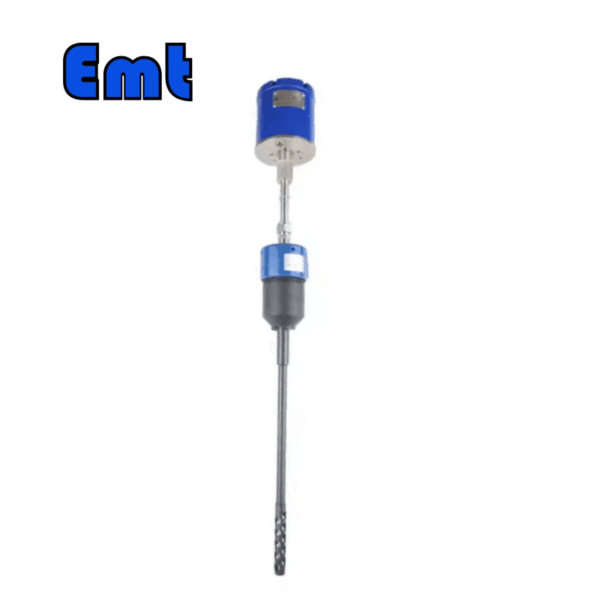
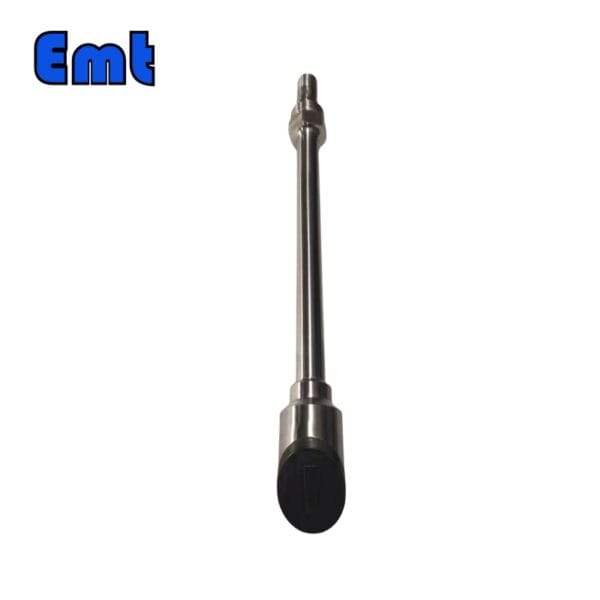
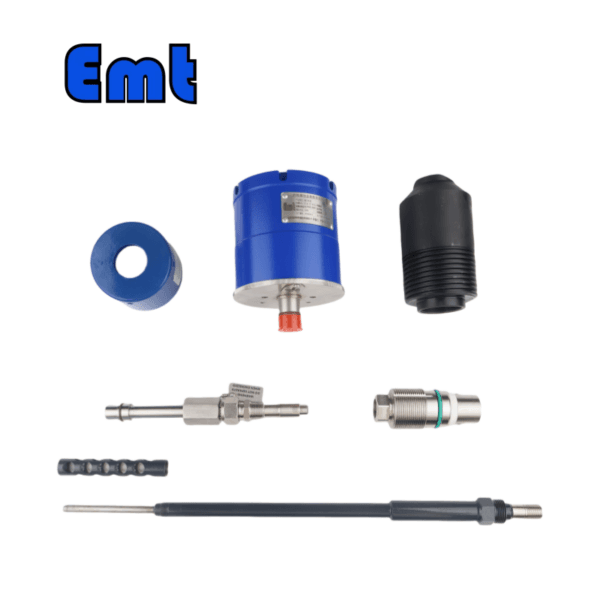
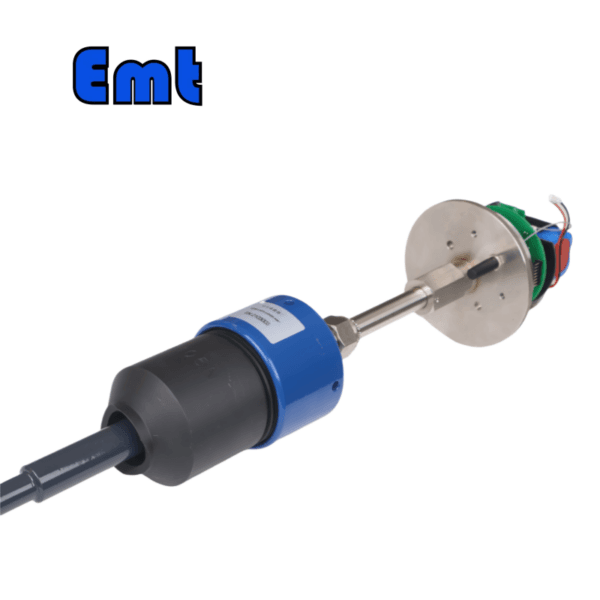
There are no reviews yet.